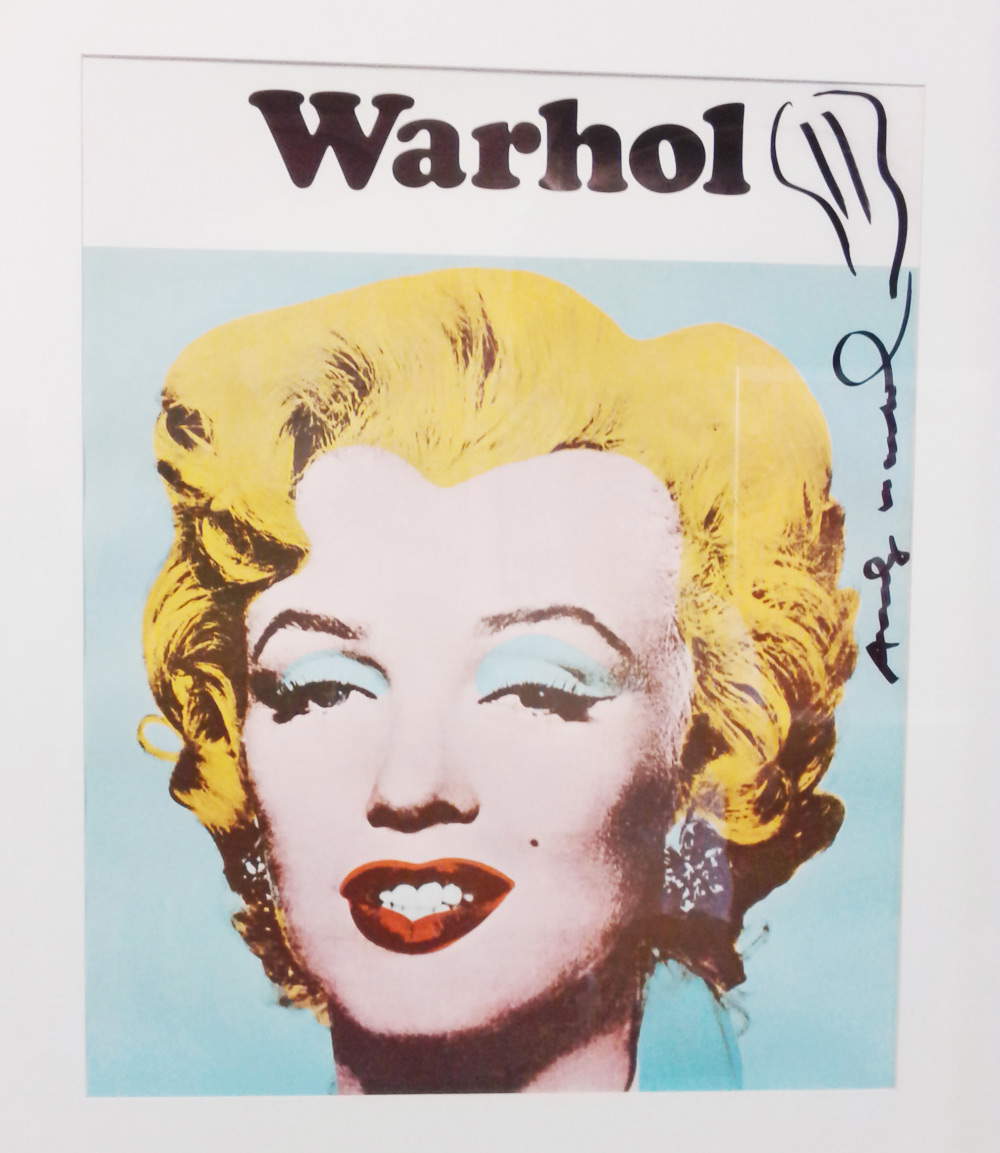The picturesque village of Asolo, in the province of Treviso, reveals many surprises inside. It is famous for having been the setting of Pietro Bembo’s Asolani, for having hosted in the last period of his life the actress Eleonora Duse (who is buried here) and several other intellectuals among whom Giosuè Carducci and Ernest Hemingway stand out. It was a busy life for this small town that has recently been enriched by a new initiative, an exhibition dedicated to Andy Warhol.
The exhibition ANDY WARHOL. 30 years later, curated by Enrica Feltracco and Matteo Vanzan, was organized to remember the great artist who died 30 years ago, on Feb. 22, 1987. Set up on the second floor of the Asolo Civic Museum, the exhibition occupies a small room and includes works loaned by private collectors. It is a well-thought-out exhibition that, through emblematic works, shows and tries to make people understand the revolutionary and undisputed genius of one of the greatest artists of the 20th century and of all art history.
 |
| Andy Warhol, Marilyn |
On display in the exhibition are works that sum up in my opinion very well Pop Art, a trend that spread from the 1960s onward. After the intellectualism and complexity of Informal Art, by artists such as Pollock and Rothko, there was a need for a new, simple art that could be understood and reach the masses, a popular art. And it is from “Popular” that the name of this new medium, Pop Art, derives. The latter turns its attention to the popular objects precisely, of consumer society, and makes use of anything, even the most mundane and everyday.
“What’s great about this country is that America started the tradition where the richest consumer buys essentially the same thing as the poorest. You can watch TV and see Coke, and you know the President drinks Coke, Liz Taylor drinks Coke, and you also drink Coke.” So said Andy Warhol, and his thought perfectly sums up what Pop Art is, a mass art that uses objects and languages recognizable to any person. A bottle of Coca Cola, an American symbol par excellence. A box of cereal that can be bought in any supermarket. Or a simple can of Campbell’s precooked soup, which together with Coca-Cola becomes Warhol’s trademark. Not only objects, but also black news stories, works by artists of the past such as Leonardo and Piero della Francesca, movie stars such as Marylin Monroe, and politicians such as Mao Tse-Tung become proposed and repurposed subjects that everyone can recognize and unapologetically consume.
Andy Warhol immediately makes this mechanism of mass art his own and, availing himself of the same logic of advertising propaganda, reproposes his subjects in series, for an almost infinite number of times introducing only variations in shapes and colors. An artist who in this way cancels his subjectivity and becomes a pure manipulator of images.
 |
| Andy Warhol, Flowers |
Something as seemingly simple as a bottle of Coca-Cola if repeated endlessly becomes addictive, hammering and obsessive and has the same effect on the viewer as a commercial. And this is precisely the effect that the works in this exhibition have; whether large or small, thanks to their serial repetition and garish and plastic colors, they make us think of the consumerist and business-oriented society in which we live and generate in us who observe them estrangement, bewilderment, even a bit of disquiet. But also fascination, if we think that these common and banal objects come to life and become valuable products, appraised by auction houses, purchased by collectors and museums, observed now with a smile and now with a bit of bewilderment.
In 1962 Andy Warhol succeeded in turning a simple Campbell’s soup can into a work of art worthy of display in the world’s most famous museums. Warhol made the object immortal, making it an icon and sealing himself as the king of Pop Art. It was Andy Warhol himself who said, “The art of business stands a step above Art. I started as a commercial artist and I want to finish as a business artist.” And evaluating not only this exhibition, but all of Warhol’s art and the effect it has had and continues to have, it can be agreed that he has succeeded fully.
Warning: the translation into English of the original Italian article was created using automatic tools. We undertake to review all articles, but we do not guarantee the total absence of inaccuracies in the translation due to the program. You can find the original by clicking on the ITA button. If you find any mistake,please contact us.